Philadelphia's recently defaced Tomb of the Unknown Soldier is not a memorial for George Washington (though it is located in Washington Square). It is a memorial for the two or maybe three thousand penniless soldiers who are buried there in mass graves. Each was fighting for freedom at a time when a better understanding of freedom and equality was only just dawning on humanity. The evident majority who died of smallpox suffered more than most modern people can comprehend. They died for the principle that "all men are created equal" (the Declaration of Independence, written in 1776) and so that we might have the right "peaceably to assemble" and to "petition the Government for redress of grievances" (the 1st Amendment, written in 1791). "Black lives matter" has essentially the same meaning as "all men are created equal." Both are true statements. The newer slogan, however, is also a Declaration that the "arc of history" has farther to bend until it achieves justice. That is also true. Ask any member of "Mother Emanuel" AME Church in Charleston or the families of Ahmaud Arbery and George Floyd. We have a better understanding of freedom and equality today than America's founding generation had. But you have to walk before you can run, and the men buried in Washington Square were among the very first common people on Earth to walk upright and proudly in defense of human and civil rights. Today, most of the world is still trying to catch up. We can't let up now, however. We have farther to go. Read More: "The Tragedy of Henry Laurens" (August 1, 2019) More from The 8th Virginia Regiment
2 Comments
William Croghan has never been famous, but his life illustrates the aspirations and achievements of America’s early frontiersmen. He fought for national expansion and then played an important role in that expansion by moving to Kentucky and running the office that parceled out bounty land to veterans. This was a lucrative position. Croghan prospered and built a stately home, which he called Locust Grove. ...continue to The Journal of the American Revolution. More from The 8th Virginia Regiment |
Gabriel Nevilleis researching the history of the Revolutionary War's 8th Virginia Regiment. Its ten companies formed near the frontier, from the Cumberland Gap to Pittsburgh. Categories
All
Archives
June 2024
© 2015-2022 Gabriel Neville
|
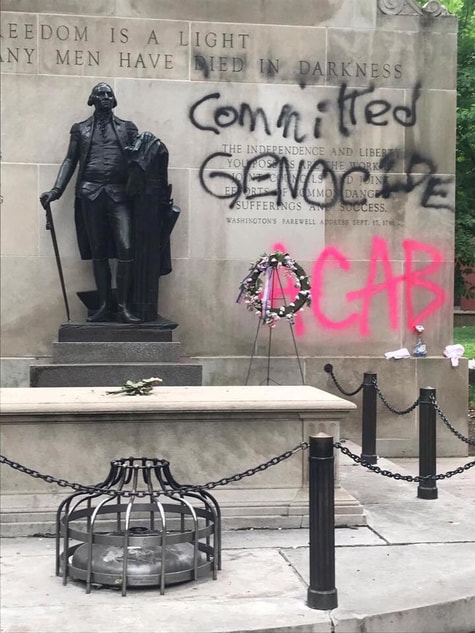
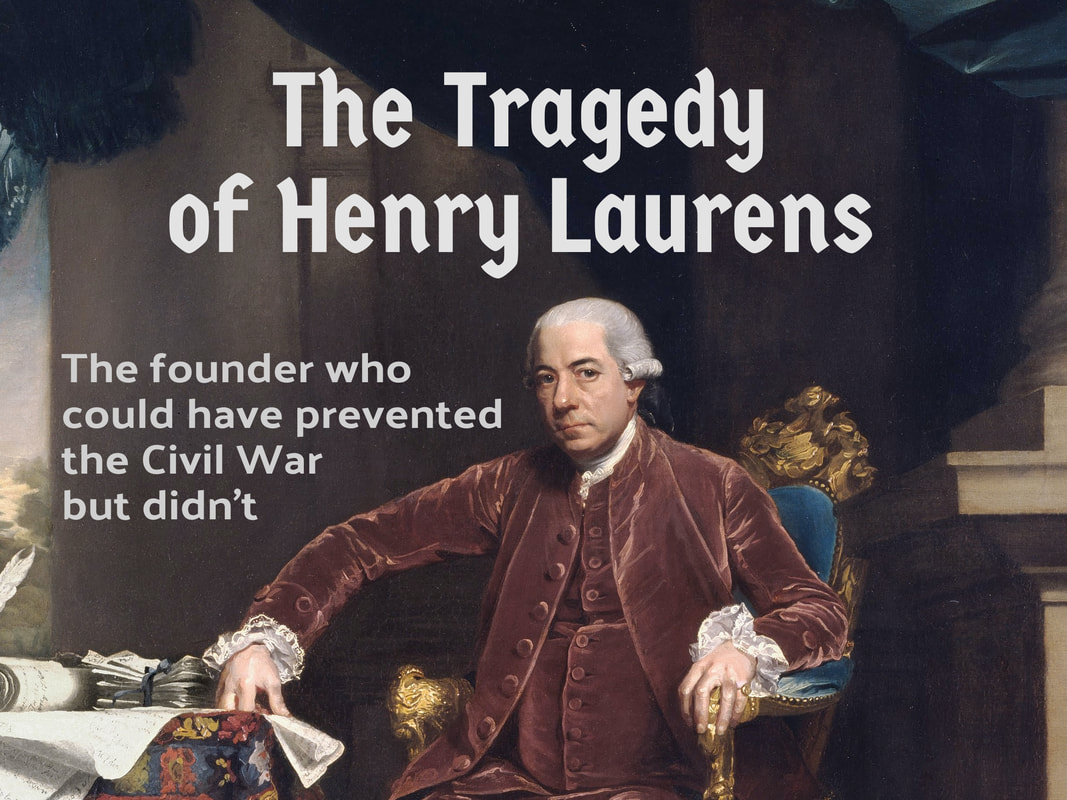

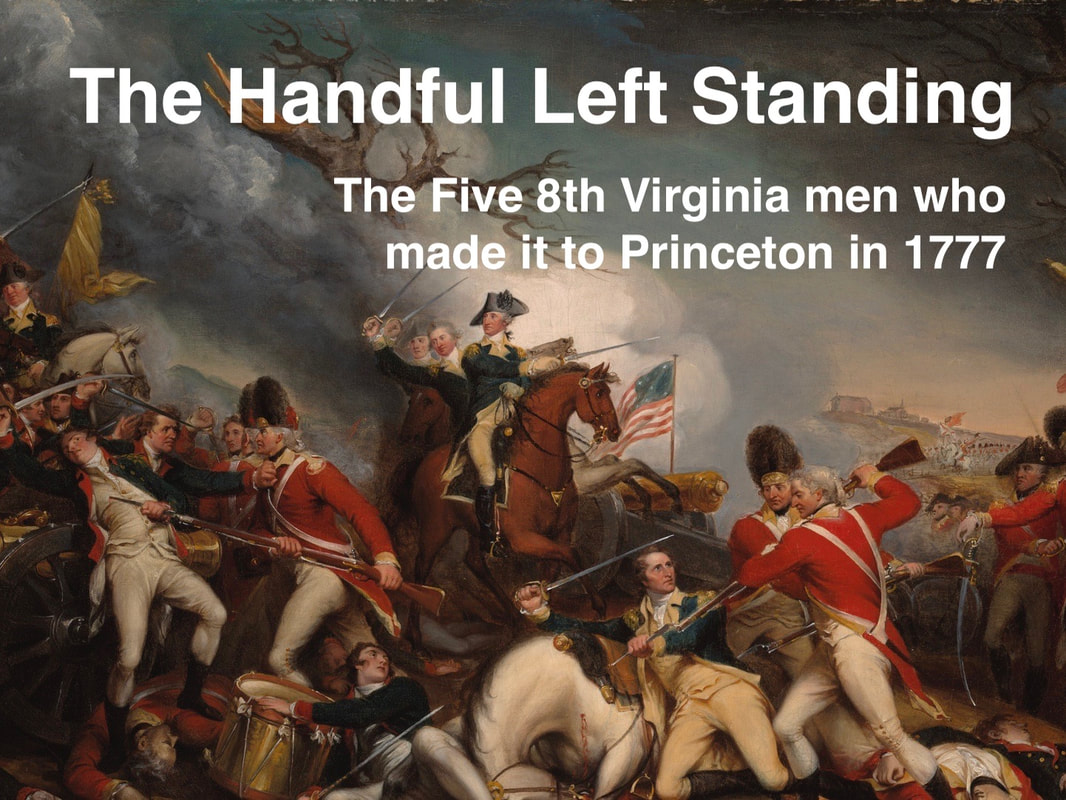

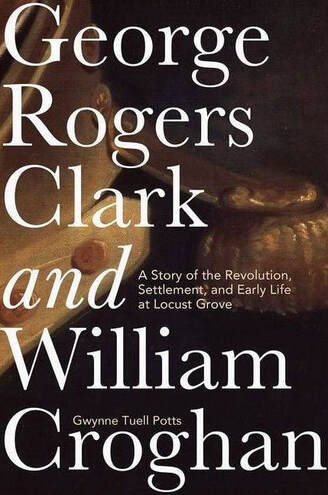
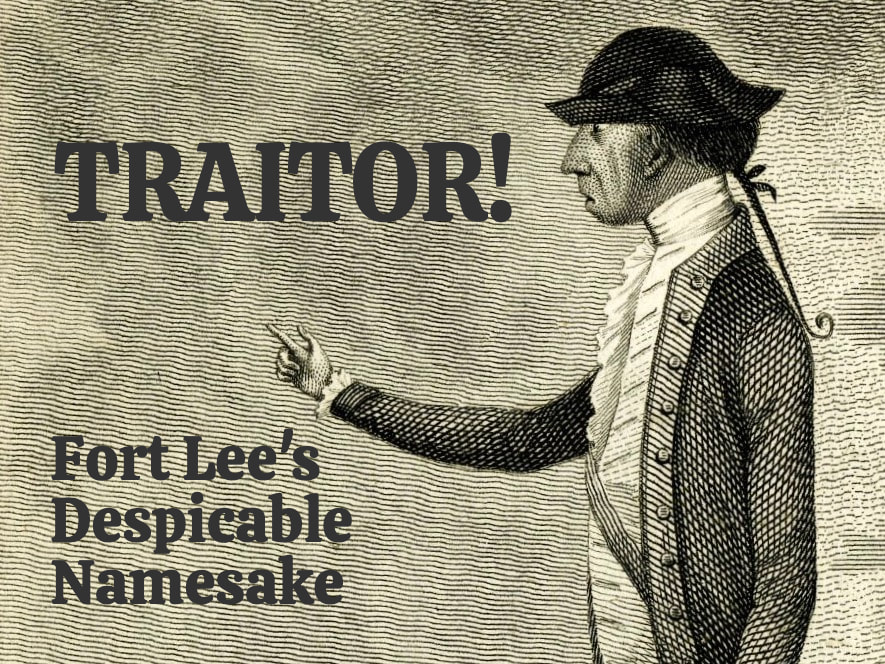
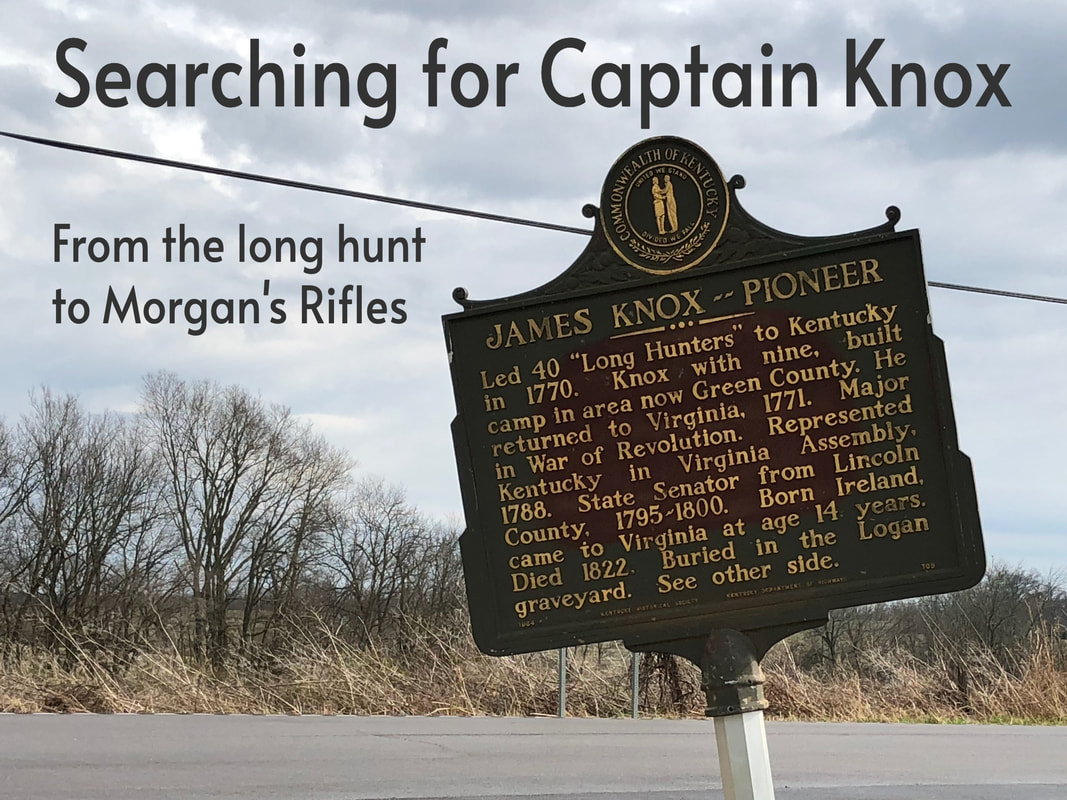
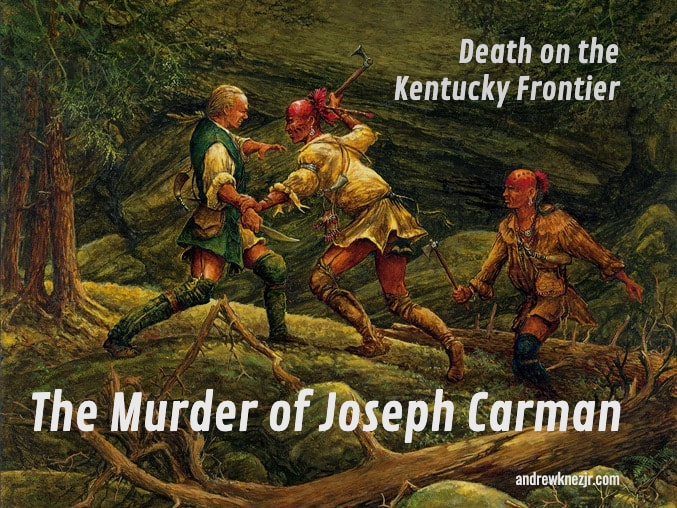
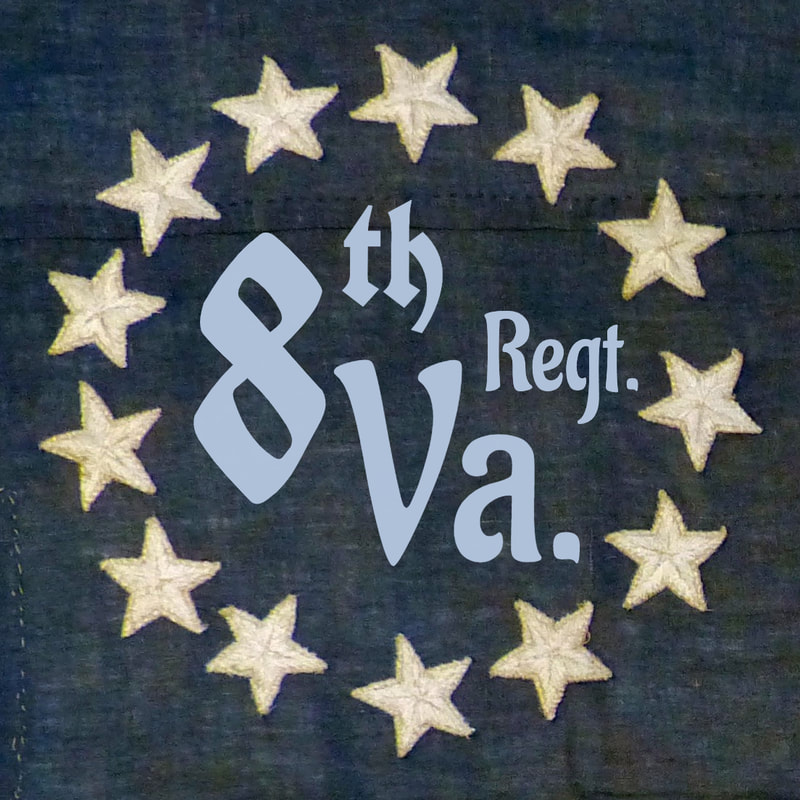
 RSS Feed
RSS Feed